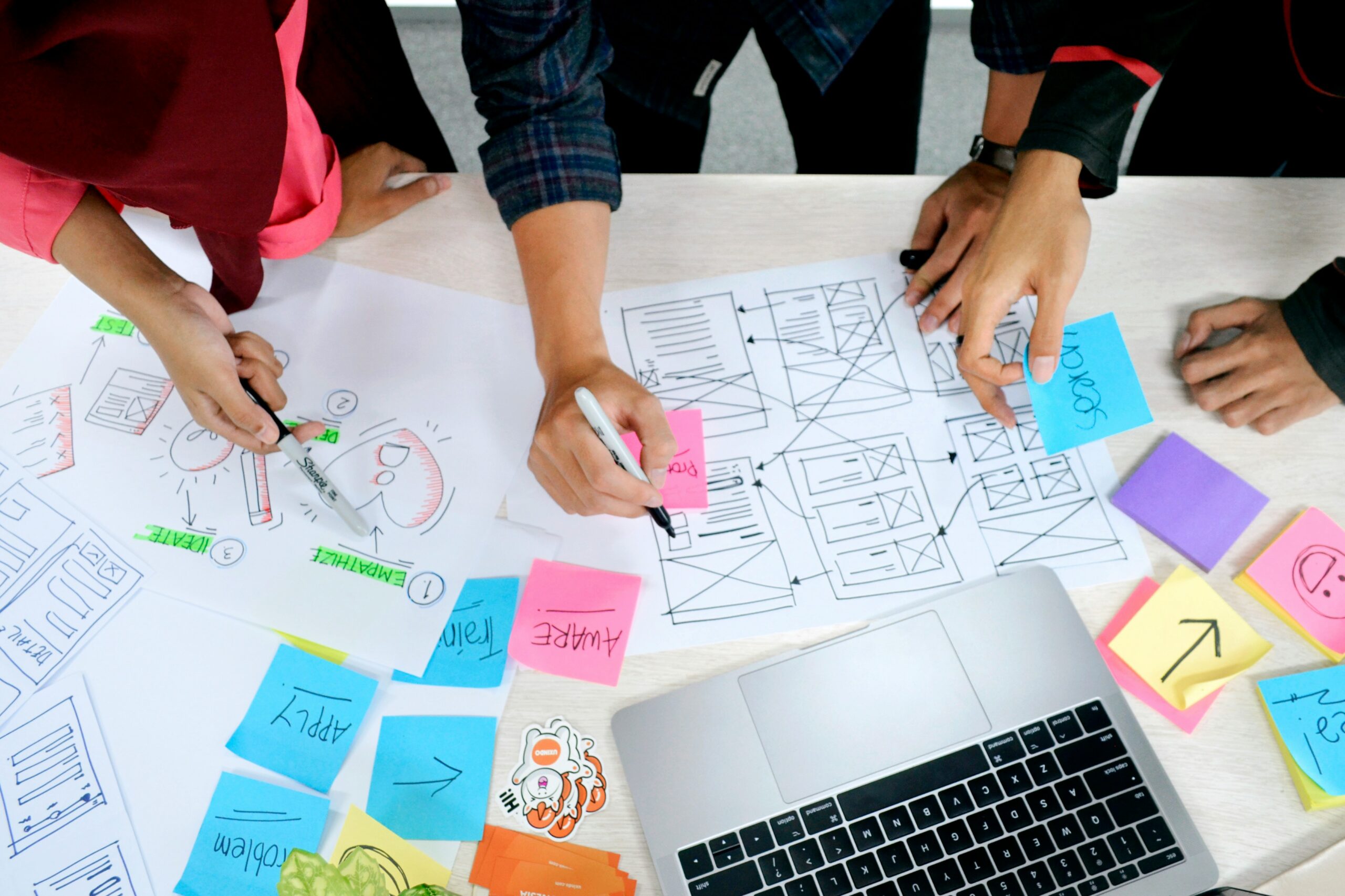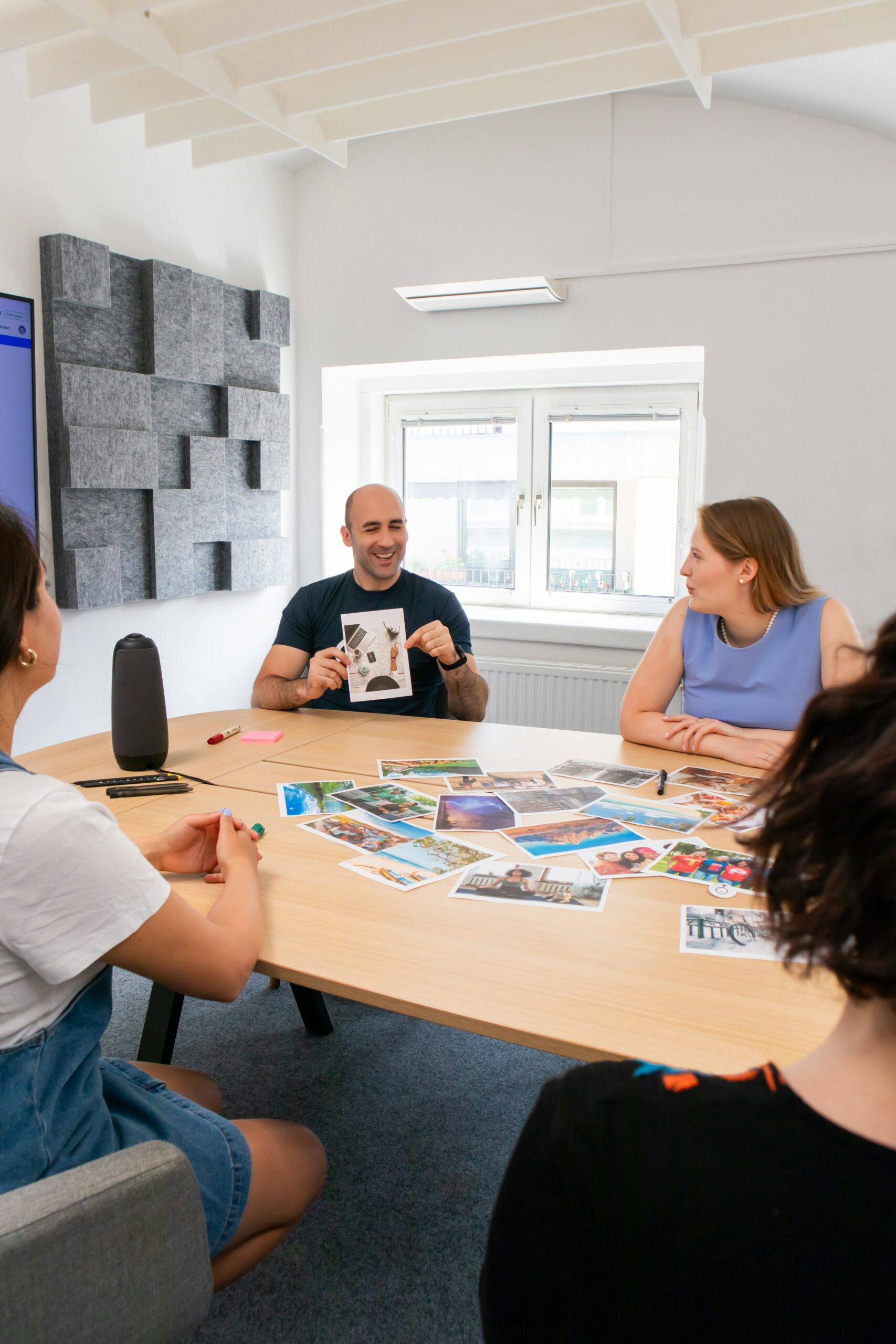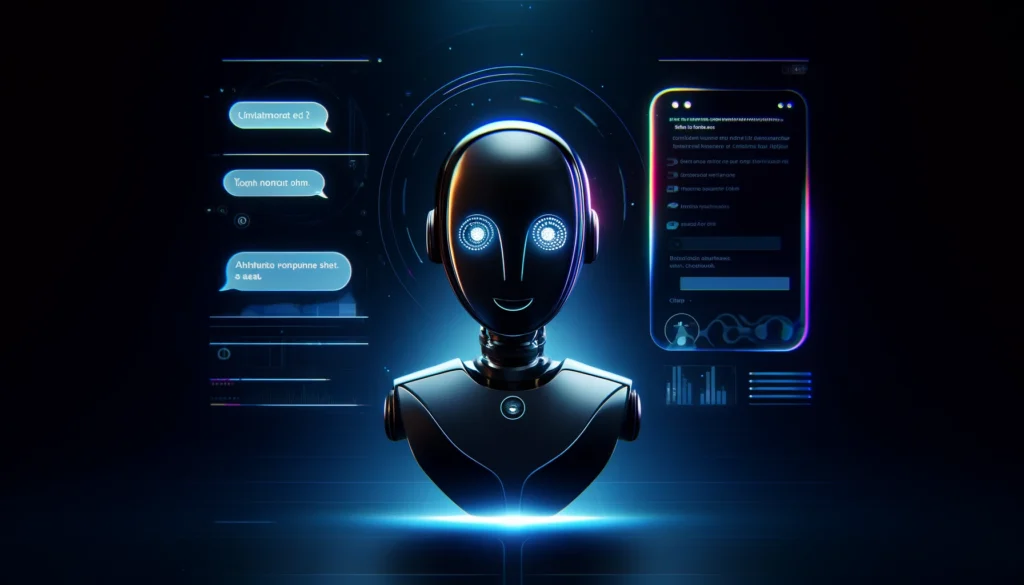HR Innovation through Design Thinking: Applying Principles and Practices

In today’s rapidly evolving business landscape, Human Resources (HR) departments are constantly challenged to adapt and innovate. One approach that has gained significant traction in recent years is Design Thinking. Originally used in product design, Design Thinking has proven to be an effective problem-solving framework that can be applied to various areas of business, including HR.
What is Design Thinking?
Design Thinking is a human-centered approach to problem-solving that focuses on understanding the needs and desires of the end-users. It encourages empathy, collaboration, and experimentation to develop innovative solutions. The process typically consists of five stages:
- Empathize: HR professionals using Design Thinking start by gaining a deep understanding of the employees’ experiences and needs. They conduct interviews, observations, and surveys to gather insights.
- Define: Based on the gathered insights, HR professionals define the core problems or opportunities they want to address. This step involves synthesizing information to identify the key challenges.
- Ideate: In this stage, HR professionals brainstorm and generate a wide range of ideas to solve the defined problems. The emphasis is on quantity and diversity of ideas rather than evaluating them at this point.
- Prototype: HR professionals create low-fidelity prototypes of their ideas to test and gather feedback. These prototypes can be in the form of mock-ups, role-plays, or simulations.
- Test: HR professionals gather feedback on the prototypes from the end-users and stakeholders. They use this feedback to refine and iterate on their ideas until they develop a solution that meets the users’ needs.
Applying Design Thinking in HR
Design Thinking can be applied to various HR processes and initiatives, leading to improved employee experiences and more effective HR strategies. Here are some examples:
1. Onboarding Process
Design Thinking can enhance the onboarding process by focusing on the needs and experiences of new hires. HR professionals can empathize with new employees by understanding their expectations, challenges, and desired outcomes during the onboarding journey. By using this insight, HR can redesign the onboarding process to be more engaging, personalized, and effective.
2. Performance Management
Design Thinking can revolutionize traditional performance management practices. HR professionals can empathize with both managers and employees to understand their pain points and aspirations related to performance management. By ideating and prototyping new approaches, HR can develop performance management systems that are more transparent, continuous, and aligned with employees’ goals.
3. Employee Engagement
Design Thinking can help HR professionals create a more engaging and inclusive work environment. By empathizing with employees, HR can identify the factors that impact engagement and develop innovative solutions. For example, HR can prototype new communication channels, recognition programs, or feedback mechanisms to foster a culture of collaboration and empowerment.
4. Learning and Development
Design Thinking can transform traditional training programs into more effective and engaging learning experiences. HR professionals can empathize with employees to understand their preferred learning styles, challenges, and desired outcomes. By applying Design Thinking principles, HR can develop interactive and personalized learning solutions that cater to individual needs and maximize knowledge retention.
5. Talent Acquisition
Design Thinking can revolutionize the way HR attracts and selects top talent. By empathizing with candidates, HR professionals can understand their motivations, preferences, and pain points during the recruitment process. HR can then ideate and prototype new approaches to enhance the candidate experience, such as gamified assessments, interactive interviews, or immersive job previews.
By applying Design Thinking principles and practices, HR professionals can drive innovation, enhance employee experiences, and solve complex challenges in a human-centered way. The key is to embrace empathy, collaboration, and experimentation throughout the HR processes, ensuring that the solutions developed truly meet the needs of the employees and the organization as a whole.






Responses